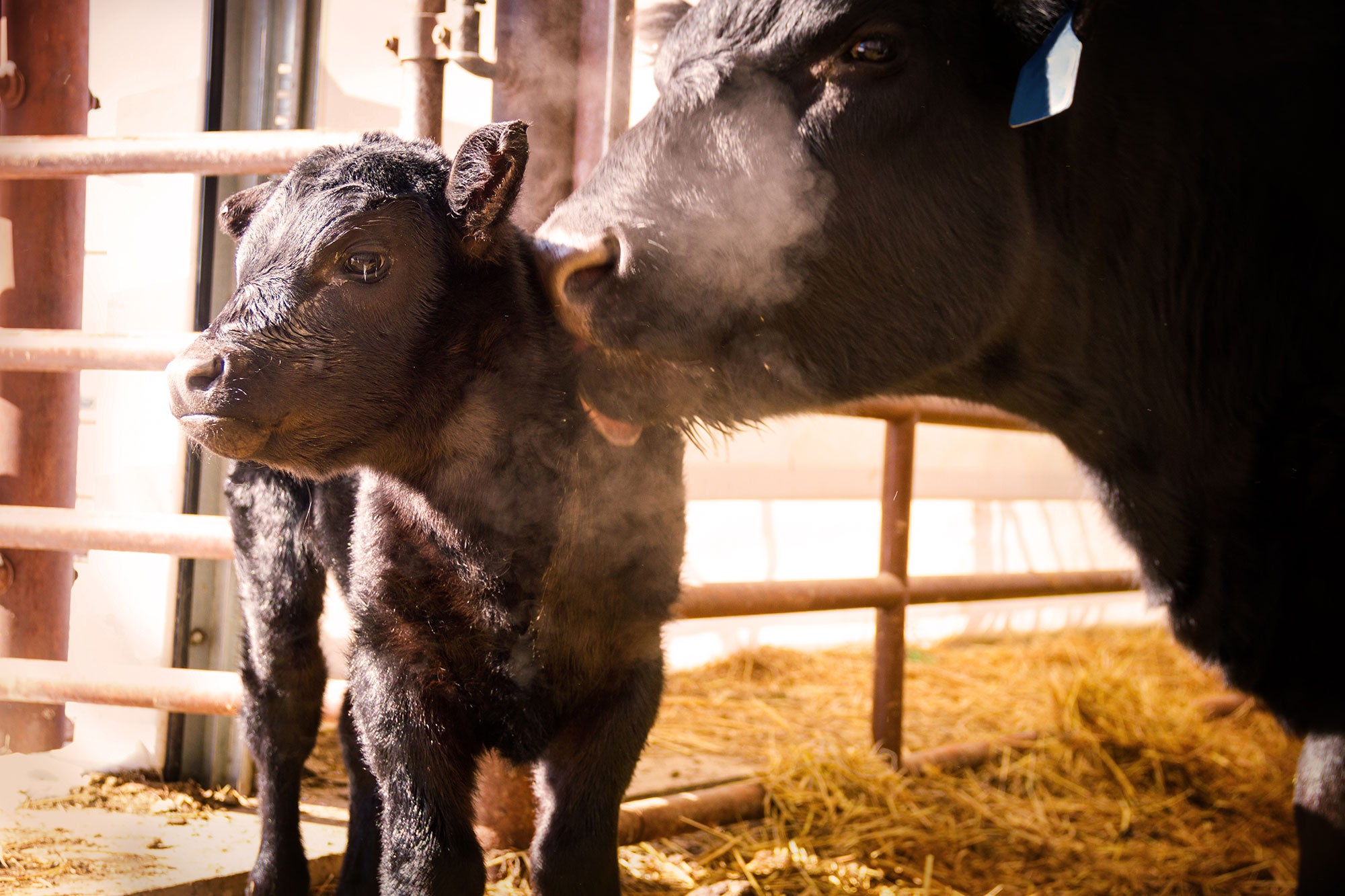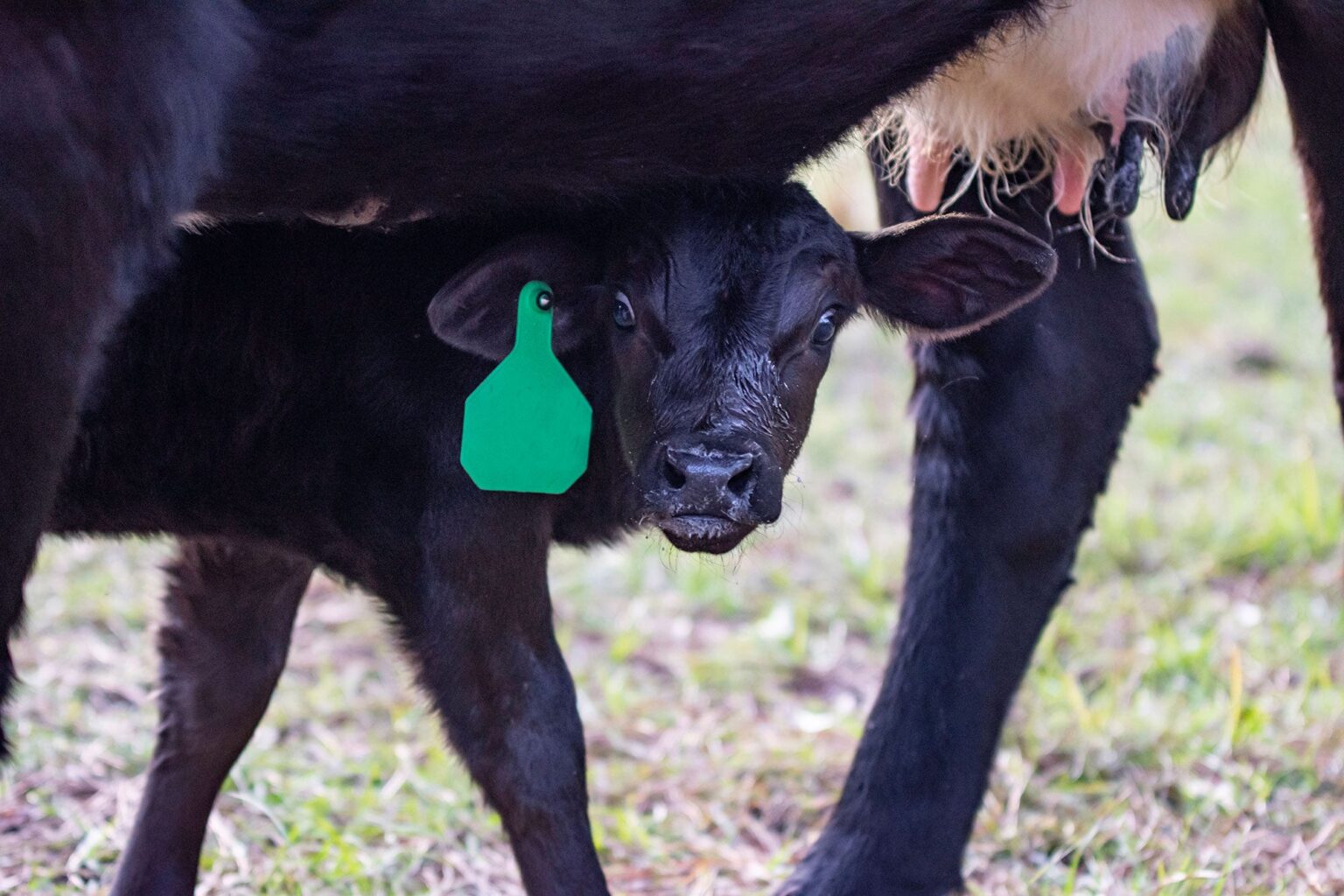Good udder structure plays an important role in beef production, contributing to calf survival, calf growth, and cow longevity. So, being able to predict these traits when selecting females more readily can help improve a herd’s maternal characteristics.
The American Angus Association and Angus Genetics Inc. released two new research expected progeny differences on Aug. 22. The rEPDs characterize teat size and udder suspension traits and are based on phenotypic data collected by Association members, pedigrees, and genotypes in a single-step genetic evaluation model.
Teat size and udder suspension (UDDR) rEPDs expand the suite of selection tools available to Angus breeders to improve maternal function and the productivity of their herds.
“We know these are two traits of interest to the membership and are excited to be releasing the research EPDs after a multi-year research project that would not be possible without member data,” said Esther Tarpoff, director of performance programs for the Association. “Members have quickly embraced collecting these phenotypes, as evidenced by the number of records for each trait used to build the research EPDs.”
More than 148,000 phenotypic records for each trait were collected from 87,000 cows to contribute to the dataset for the rEPDs, with more to be added each calving season. The records are collected by members within 24 hours of a calving event. Females are given an individual score for both teat size and udder suspension using scales from 1 to 9. Detailed scoring guides can be found here.

“Over the past several years, we have been focused on validating the Angus breed’s impact as the matriarch of the US beef industry, as it has been historically known as,” said Kelli Retallick-Riley, president of AGI. “From an AGI perspective, it means objectively characterizing maternal traits of economic importance, so the users of Angus genetics have the selection tools needed to make genetic change.”
Submitted scores range from 1 to 9, representing the entire scoring scale. Analysis of the nearly 300,000 records showed overall good udder structure among reported Angus cows. The average score was 6.6 for both traits indicating intermediate to small teats and intermediate to tight udders. Additional results of the TEAT and UDDR research are available on angus.org in the full report.
“We know the pace of genetic change is moving faster than ever with the frequent changeover of sires in many seedstock operations,” Retallick-Riley said. “In some cases, young bulls are being replaced before most of their daughters are in their second year of production. Because of that, maternal traits like udder conformation become even more important to ensure we are promoting sound breeding decisions.”
The release of TEAT and UDDR follows that of the Functional Longevity (FL) rEPD, which measures the ability of a cow to produce a calf year after year. The three rEPDs are currently available to members that have been a part of early phenotypic data collection for the respective traits, allowing rEPDs to come to fruition. A list of AI sires for each of the rEPDs is available to members on the corresponding research pages on angus.org.
The three rEPDS are anticipated to be released as weekly production EPDs during the annual evaluation updates in late spring of 2025. Research on how these three new traits should be incorporated into Maternal Weaned Calf Value Index ($M) is currently ongoing with potential updates to the index likely to be made during the spring update.


